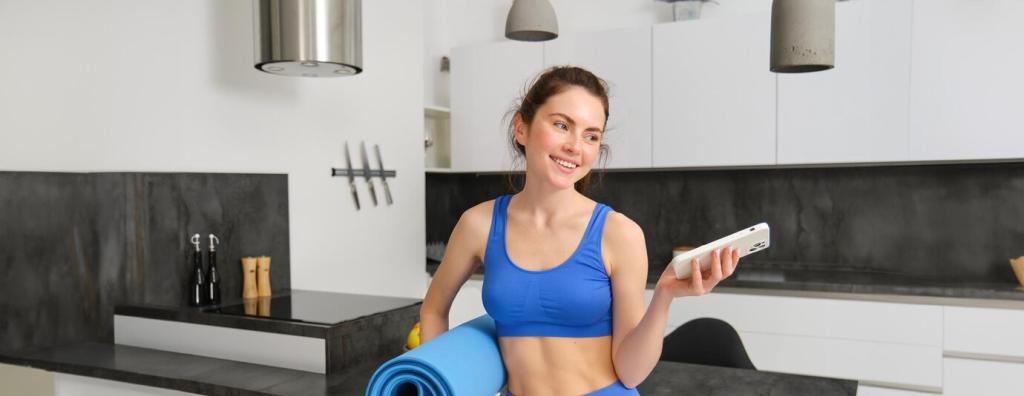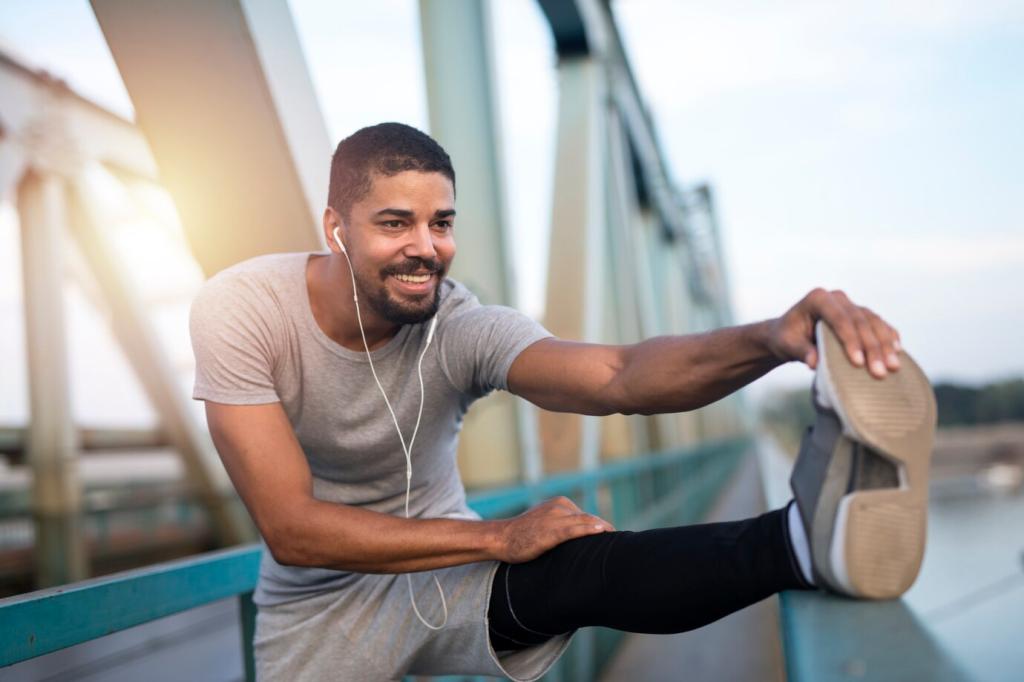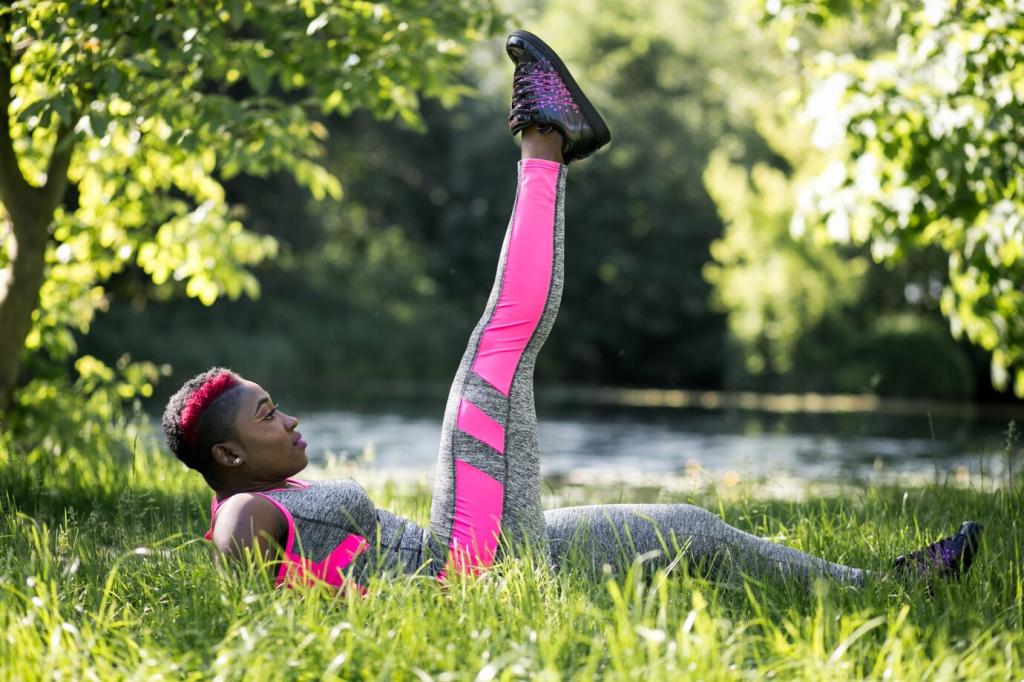Quick Workouts for Busy Schedules
In today’s fast-paced world, finding time for fitness can seem nearly impossible. Modern lifestyles come with packed calendars, long work hours, commuting, and endless to-do lists. However, you don’t have to sacrifice your health because of a busy schedule. Effective workouts can seamlessly fit into tight time frames and still deliver excellent results. This guide provides practical strategies, workout ideas, and motivation tailored to those who want to stay active without disrupting their daily routines.

Maximizing Workout Efficiency
Compound exercises work multiple muscle groups simultaneously, making them ideal for quick routines. Moves like squats, lunges, and push-ups not only increase strength but also boost calorie burn and stimulate the cardiovascular system. Incorporating compound movements can condense the effectiveness of a longer session into a shorter time frame, providing a powerful workout in just a few minutes. Understanding which movements offer the best return on effort ensures you target major muscle groups efficiently.
Interval training alternates short periods of intense activity with brief recovery times. This approach maximizes effort during a compressed session and can significantly improve cardiovascular fitness and calorie expenditure. High-intensity interval training (HIIT) has gained enormous popularity because it is both time-efficient and scientifically proven to enhance endurance in less time than traditional training. Incorporating intervals into your quick workouts can push your results to the next level.
In a busy schedule, quality trumps quantity. Increasing the intensity of your workouts allows you to achieve more in a short period. Methods such as supersets, circuit training, or simply working out with controlled rest periods can elevate your heart rate and accelerate progress. By focusing on how hard you work rather than how long, you can transform even small time blocks into opportunities for meaningful physical improvement.

Morning Energizers
Short, structured five-minute routines can be surprisingly effective in shaking off morning sluggishness. By cycling through a series of bodyweight exercises that require no equipment or preparation, you can activate muscle groups, increase blood flow, and mentally prepare for the challenges ahead. These concise sessions can fit seamlessly between rolling out of bed and getting ready, making fitness a natural part of your morning.

Lunchtime Fitness Bursts
Desk-Friendly Routines
Office life doesn’t have to mean inactivity. Desk-friendly exercise sequences include discreet movements that can be done without changing clothes or disrupting your environment. Chair squats, seated core activations, or standing calf raises keep muscles engaged, promote circulation, and combat the negative effects of prolonged sitting, all within a work-friendly context.
Quick Cardio Boosts
A burst of cardio, even in a limited space, can dramatically elevate your heart rate and mood. Stepping in place, jumping jacks, or high knees can be performed in an office or meeting room to invigorate your body and reset your concentration. Integrating short cardio intervals encourages cardiovascular health and provides an energy surge to tackle the rest of your day with vigor.
Social Accountability Motivation
Involving a colleague or friend in your lunchtime workouts can significantly boost your consistency and enjoyment. Coordinating fitness breaks or setting up shared goals turns working out into a social event, providing mutual encouragement. This communal approach promotes adherence and injects a dose of fun, making it easier to prioritize daily movement, even in the tightest schedules.
Evening Wind-Down Workouts
01
Relaxing Mobility Flows
Mobility flows combine gentle dynamic stretching with controlled movements that lubricate joints and relax the muscles. Performing these sessions in the evening promotes recovery, reduces soreness from daily activities, and prepares your body for restful sleep. This approach is perfect for unwinding, especially after hours spent at a desk or on your feet.
02
Low-Impact Cardio for Stress Relief
Low-impact cardiovascular exercises such as brisk walks, cycling at a gentle pace, or rhythmic step sequences allow you to raise your heart rate without overstressing your body before bed. This gentle exertion helps dissipate the worries of the day and signals your body to transition from alertness to rest. Evening cardio can be as simple as a stroll around the neighborhood or a calming dance session in your living room.
03
Gentle Strength Training
Concluding the day with light strength training using bodyweight or resistance bands offers both physical and mental benefits. These workouts target muscles without inducing excessive fatigue, assisting with muscle maintenance and posture correction after a long day. Emphasizing controlled motions and lighter resistance adds a restorative element, helping you feel stronger and more balanced as you head toward bedtime.

The Science Behind Micro-Sessions
Recent studies reveal that spreading out short, intense exercise bouts boosts metabolism and cardiovascular health as effectively as longer traditional sessions. These “exercise snacks” leverage the cumulative effect of frequent activity, keeping energy and focus levels elevated. A few minutes of movement, repeated several times across the day, can meaningfully counteract the downsides of sedentary habits.

Incorporating Movement in Daily Routines
Finding natural openings for micro-workouts is easier than it may seem. Climbing stairs instead of using the elevator, doing squats while brushing your teeth, or stretching between meetings transforms downtime into active time. This approach integrates fitness fluidly into your routine, making it effortless to maintain physical activity regardless of the day’s demands.

Tracking and Celebrating Progress
Measuring small wins turns micro-workouts into a motivating habit. Using simple tools like a journal or fitness app to note each session helps track consistency and celebrate accomplishments. Recognizing your effort, no matter how brief, reinforces commitment and encourages the continued embrace of short, effective workouts as a sustainable lifestyle practice.
Classic bodyweight moves such as push-ups, planks, and squats form the backbone of no-equipment training. These exercises target all major muscle groups, scale to any fitness level, and require only your body and a bit of floor space. Consistent practice with variations and intensity adjustments keeps your strength workouts challenging and progressive without ever stepping outside.
No-Equipment Home Workouts

Scheduling with Intention
Intentional planning is essential for consistency. Blocking out specific times for quick workouts and treating them as non-negotiable appointments strengthens your commitment. Even brief sessions scheduled into your calendar remind you that fitness is a priority, boosting adherence and reducing the risk of skipping out due to last-minute obligations or fatigue.

Mindset and Motivation Techniques
Staying motivated in a busy lifestyle requires mental strategies as much as physical ones. Setting realistic expectations, focusing on positive progress rather than perfection, and visualizing the benefits of each session aid in maintaining enthusiasm. Integrating motivating cues—such as rewarding yourself for meetings goals or inspiring playlists—helps turn your quick workouts into anticipated highlights of your day.
